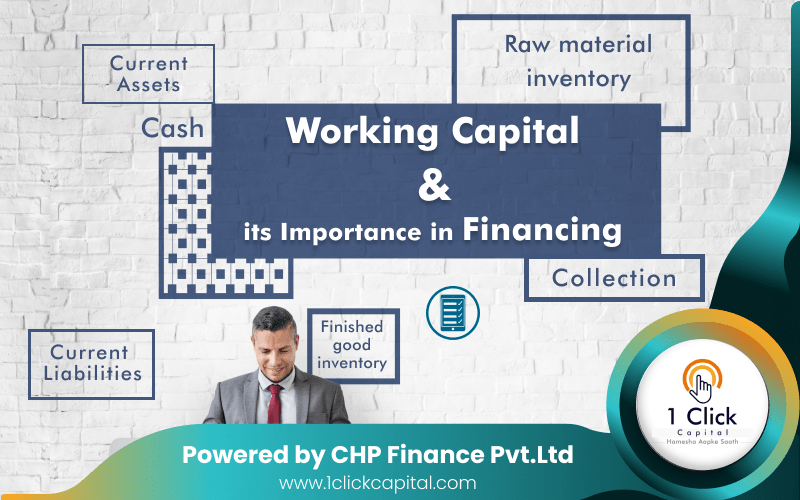What is Working Capital?
Working capital is a company’s current assets minus its current liabilities. It’s important to understand that working capital does not include long-term debt or equity investments in the business, only short-term assets and liabilities. The most common components of working capital are cash, accounts receivable, inventory and other current assets like prepaid expenses and deferred taxes.
Why is Working Capital Important?
Working capital is the lifeblood of your business. It’s what keeps your business running and allows you to maintain liquidity, cover operational expenses, meet customer demands and manage inventory. In other words: If you don’t have enough working capital in place when you need it (or if your current level of working capital isn’t sufficient), then the consequences can be disastrous for both your company and its shareholders.
How Can Working Capital Be Improved?
To improve working capital, you can:
- Manage accounts receivable. This means collecting money owed to your company as soon as possible. You can do this by sending out invoices and following up on payments, or using a third-party service that handles collections for you.
- Manage accounts payable. This means paying bills on time and not waiting until they’re due before paying them off in full; otherwise, interest charges will mount up quickly and eat into profits (or even cause losses). Paying suppliers early also gives them more time to use those funds elsewhere in their businesses–and it shows that you’re serious about doing business with them again in the future!
What Are the Benefits of Managing Working Capital?
Let’s read the benefits of working capital
- Reducing costs. Working capital management can help you reduce the costs associated with your business, including inventory and accounts receivable. This can be done by increasing efficiency in the processes involved in managing these assets. For example, if there are too many people handling payments for products or services sold, then it’s likely that each employee is spending more time on this task than necessary–and therefore costing more money than necessary.
- Improving cash flow. A company’s ability to meet its financial obligations depends on its ability to generate enough cash from operations (i.e., sales) while at the same time avoiding unnecessary expenditures such as paying off debt early or buying new equipment before it’s needed or wanted by customers who didn’t ask for it yet but might someday want something similar if they knew about this new product/service option available now!
What Are the Disadvantages of Poor Working Capital Management?
Poor working capital management can lead to a number of problems.
- Cash flow problems: If you don’t have enough money in the bank, your business may be forced to delay payments or cut back on spending. This can cause cash flow problems that affect your ability to operate efficiently and effectively.
- Increased costs: Poor working capital management can also lead to increased costs for your company, as well as for customers who buy from you–and even suppliers who sell products or services on credit terms. For example, if a supplier has extended credit terms with its customers but doesn’t receive payment from them because those customers are having cash flow issues themselves (due in part or whole by poor working capital management), then both parties will suffer losses–and these losses could be significant enough that they threaten the very existence of either party!
What Are Some Strategies for Improving Working Capital?
- Improve accounts receivable. Accounts receivable are the money owed to a company by its customers. Improving this number is a great way to improve working capital because it increases the amount of cash on hand and reduces the amount of money being paid out in interest. You can get a working capital loan from an NBFC to help you cover your working capital needs.
- Collecting payments more quickly from your customers by offering them incentives like discounts or free shipping if they pay within a certain time frame (e.g., 15 days).
- Increasing sales volume so that there are more invoices coming in each month, which means more money coming in as well!
What Are the Different Types of Working Capital Financing?
There are many types of working capital financing, including:
- Debt financing. This is the most common form of working capital finance and involves borrowing money from a bank or other lending institution in order to meet your short-term needs. Debt can be secured (backed by collateral) or unsecured, depending on your creditworthiness and ability to repay the loan.
- Equity financing. In this case, you sell shares in your company in exchange for cash that can be used for working capital purposes. This type of financing can also help build investor confidence in your business because it shows that other people believe in its prospects enough to invest their own money in it as well as yours!
- Asset-based financing (ABC). ABC refers to loans based on assets owned by the borrower (as opposed to income generated by those assets).




